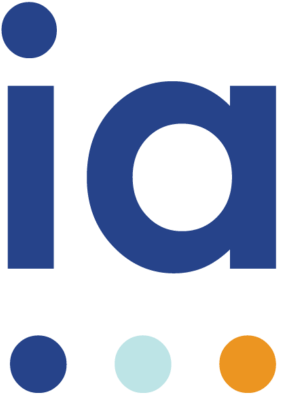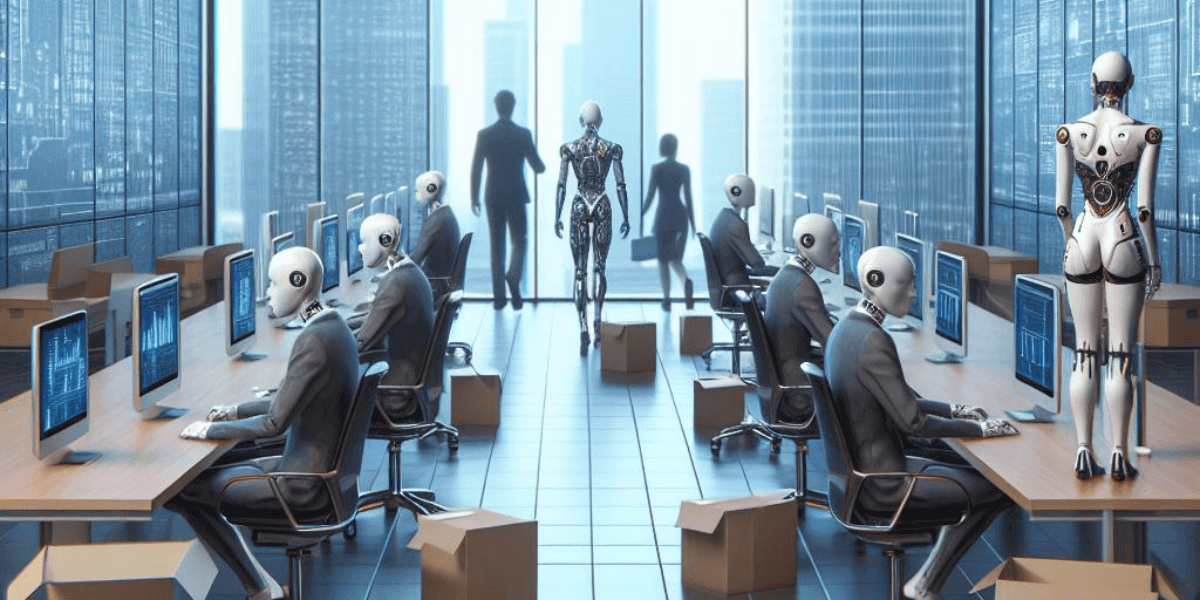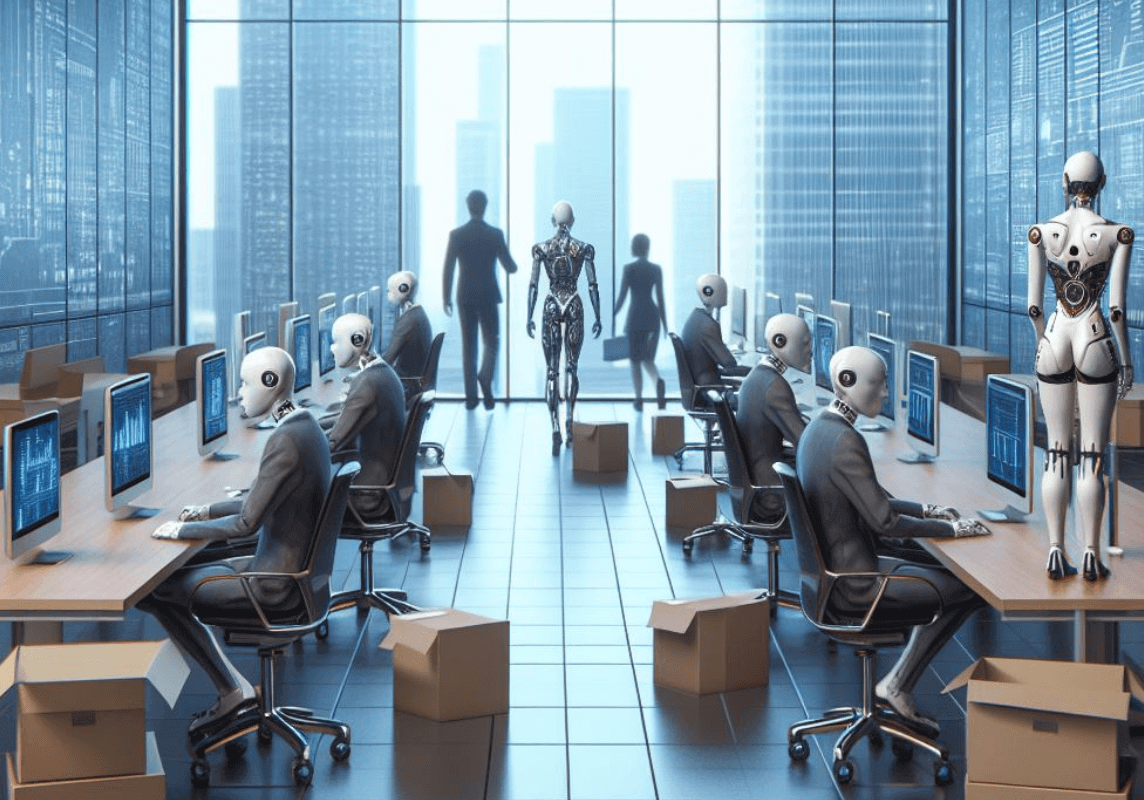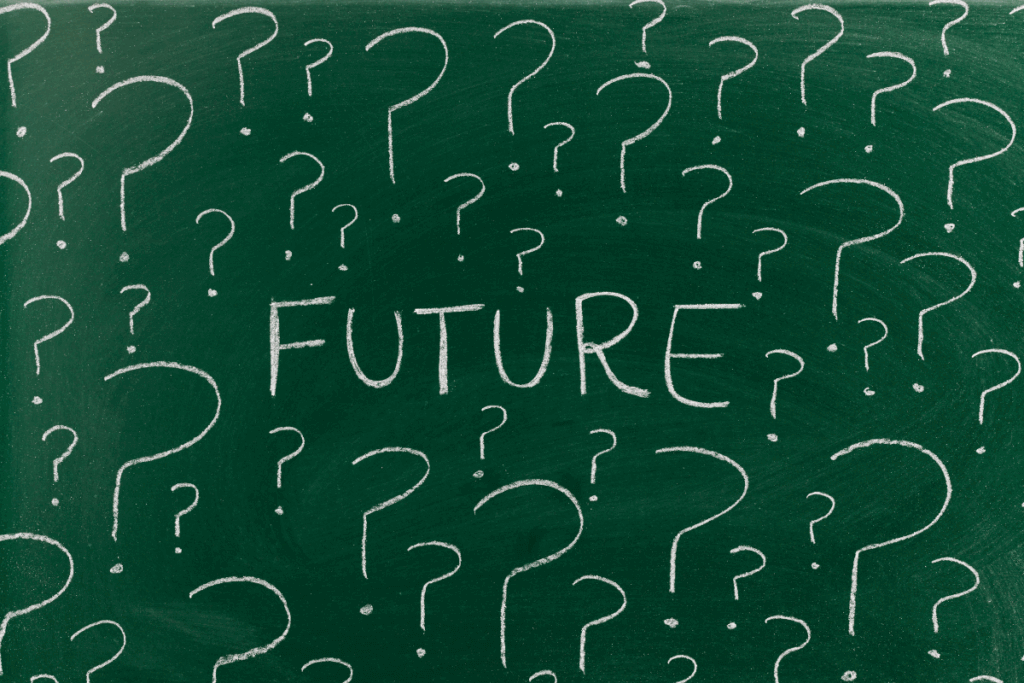Employee Experience
In the race to adopt cutting-edge technologies, organizations often overlook the heartbeat of their success: their employees. The concept of employee experience certainly isn’t new, and it encompasses every interaction an employee has with their workplace, from recruitment to retirement. It’s the emotional journey that shapes their commitment, motivation and overall satisfaction, and it’s at risk of being superseded should we fail to remain intentional, mindful and employee-centered.
Along comes AI
AI certainly promises an infusion of efficiency, automation and data-driven decision-making for employers. Yet, as algorithms optimize processes, we risk losing sight of the human element. Employees aren’t just cogs in the machine; they are creative thinkers, problem solvers and collaborators, and as such, organizations should prioritize empathy and genuine connections to foster a culture where employees thrive.
If one thing is for certain, it’s that the AI era demands adaptability. Job roles are already evolving, and employees must continuously learn and reskill, with HR playing a pivotal role in that learning ecosystem. More specifically, this means equipping all employees (including frontline) with the necessary digital skills to create pathways for career transitions. By teaching employees to work symbiotically with intelligent systems, we can move to embrace AI as more of a partner than a threat.
That being said, AI algorithms learn from historical data, which may perpetuate biases. We cannot outsource our accountability to third parties. Instead, we must regularly assess our AI systems to ensure our values of equity, inclusion, belonging, diversity and action move beyond the stated word.
And let’s not forget ethics because AI’s perceived simplicity and utility may blur the demarcation lines of propriety. Researchers, policy-makers and practitioners are wrestling with these critical topics as we speak, with UNESCO releasing four values paramount to the good of individuals, societies, humanity and the environment, including:
- Human rights and dignity;
- Living in peaceful, just and interconnected societies;
- Ensuring diversity and inclusiveness; and
- Environment and ecosystem flourishing.
Anxiety, transparency and enablement
AI can alleviate mundane tasks, but it also introduces new stressors. The rapidly evolving nature of work, digital overload, and blurred boundaries amplify the need for HR leaders to continue championing holistic wellbeing initiatives. To embrace true human-centricity, these aren’t simply perks but necessities. The dehumanization of these AI business cases also weighs heavily on our HR teams, so let’s not forget that they, too, are employees and, in many cases, carry the dual burden of knowledge and execution in the roles HR occupies.
Alleviating these and other concerns requires intentionality from leadership. As opposed to obfuscating AI initiatives behind closed doors, transparently communicate the role of AI and its limitations to your employees. Explain this in truly human terms to foster trust and ensure employees feel valued, not disintermediated.
The Catch-22 of specific AI innovations is that they can help to address and alleviate the concerns that they, in turn, may be triggering. For example, AI can assist in identifying signs of burnout or anxiety and then, with the appropriate permissioning, facilitate high-touch interventions and care. It can also eradicate or reduce highly repetitive tasks, allowing employees to focus on areas where humans truly excel, such as complex problem-solving, creativity and empathy.
One of the areas of high debate right now is whether AI will, in fact, make us more human or less—and like any existential crisis, the lack of resolution perpetuates concern and anxiety for all.
Returning to the core of employee experience
As HR professionals, let’s return to the core of enabling people-first and process-led strategies. The AI era isn’t about choosing between technology and humanity—it’s about harmonizing the two. When employees feel valued, supported and empowered, they become the driving force behind innovation and organizational resilience.
Let’s make employee experience the compass guiding our AI-powered journey toward a brighter future of work. Remember, the algorithms may optimize processes, but it’s the people who optimize outcomes.






